13 February 2025
In today's fast-paced world, mental health has taken center stage. We're all looking for ways to keep our minds balanced, calm, and healthy. But here's something you might not have thought about: art therapy. It’s a therapeutic approach that combines creative expression with mental health care. Whether you're sketching, painting, molding clay, or even scribbling in a journal, art therapy has the potential to significantly improve your mental well-being. It's not just for those who consider themselves “artists.” In fact, that’s the beauty of it—anyone can benefit from art therapy, regardless of skill level.
Let’s dive deeper into how art therapy works and how it can help enhance mental health.

What is Art Therapy?
Art therapy is a form of psychotherapy that uses art as a medium to help individuals express themselves and explore their emotions. It’s not about creating a masterpiece; it’s about the process of creation itself. The goal is to provide a safe space where people can express their feelings, thoughts, and experiences through art.Think of it as a bridge between your inner world and the outside world. Sometimes, words fail us. You know those moments when you just can’t seem to explain how you’re feeling? That’s where art therapy can come in handy. Through art, you’re able to express complex emotions that might be difficult to verbalize.
Brief History of Art Therapy
Art therapy has been around for centuries, although it wasn’t officially recognized as a form of therapy until the mid-20th century. The American Art Therapy Association (AATA) was founded in 1969, which helped art therapy gain recognition as a legitimate form of mental health treatment. Influenced by the works of Carl Jung and Sigmund Freud, early proponents of art therapy believed that artistic expression could reveal unconscious thoughts and conflicts.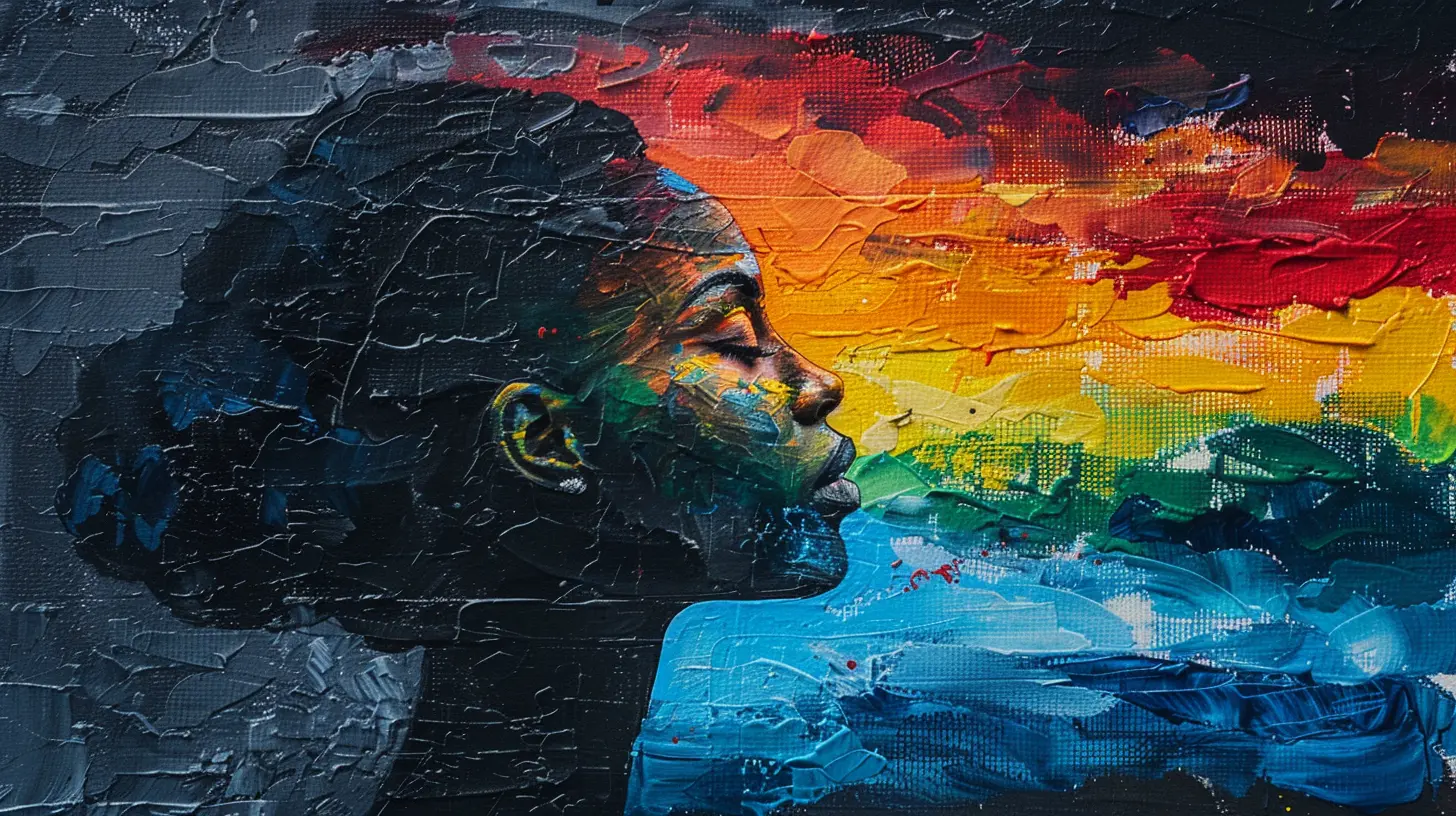
How Art Therapy Improves Mental Health
So, how does throwing some paint on a canvas or molding clay between your fingers enhance mental health? It may sound too good to be true, but the research backs it up. Art therapy addresses several aspects of mental well-being—let’s break them down.1. Stress Relief and Relaxation
Ever noticed how engaging in creative activities can make time fly? That’s because when you're deeply involved in creating art, your brain enters what’s called a "flow state." It’s a kind of mental zone where you’re fully immersed in the task at hand, which can help you temporarily forget the stressors in your life.In fact, studies have shown that engaging in creative activities can lower cortisol levels (aka the stress hormone). So, next time you're feeling overwhelmed, consider picking up a paintbrush or a sketchpad. Your brain—and body—will thank you.
2. Emotional Release and Expression
Sometimes, we bottle up emotions because we fear judgment, or we don't even fully understand what we're feeling. Art provides a non-verbal outlet. It allows you to release pent-up emotions in a healthy and constructive way.Imagine your emotions are like a shaken-up soda bottle—ready to burst. Art acts like the slow release of the cap, letting out the pressure little by little. Whether you're painting with aggressive brushstrokes to release anger or using soft pastels to soothe anxiety, art therapy gives you a way to express what’s inside without needing to say a word.
3. Self-Discovery and Insight
Creating art isn’t just about expressing emotions in the moment—it can also provide insights into yourself. Sometimes, the things we create reveal aspects of our personality, desires, and fears that we weren’t consciously aware of. Art therapists are trained to help interpret the symbols, colors, and forms that emerge during a session. But even without a therapist, simply reflecting on your own work can offer valuable insights.It’s like peeling back the layers of an onion. Each piece of art you create can help you dig deeper into your subconscious, revealing more about who you are and what you need to feel balanced and whole.
4. Coping with Trauma
Art therapy is often used in trauma recovery because it provides a safe, non-verbal way to process painful memories and experiences. Trauma can be incredibly difficult to articulate, and traditional talk therapy may not always be effective right away. Art therapy offers a different route to healing by allowing people to express trauma without having to relive it through spoken words.In other words, art can act as a buffer, helping individuals process trauma without being re-traumatized.
5. Boosting Self-Esteem and Confidence
There’s something incredibly empowering about creating something from nothing. Even if you’re not the next Picasso, the act of creating can boost your self-esteem. When you finish a piece, you have a tangible representation of your effort and creativity. This sense of accomplishment can help build confidence, which is especially beneficial for those struggling with low self-worth or depression.Think of it as a small victory—every time you complete a piece of art, you’re proving to yourself that you’re capable of achieving something meaningful.
6. Improving Cognitive Function
Engaging in art therapy doesn’t just benefit emotional health—it can also improve cognitive function. Creating art requires problem-solving, decision-making, and fine motor skills, all of which engage different parts of the brain. For individuals dealing with cognitive decline, such as those with Alzheimer’s disease, art therapy can help maintain cognitive function and improve quality of life.Art therapy encourages neuroplasticity—the brain's ability to form new connections. So, in a sense, every time you sit down to create art, you’re giving your brain a workout.
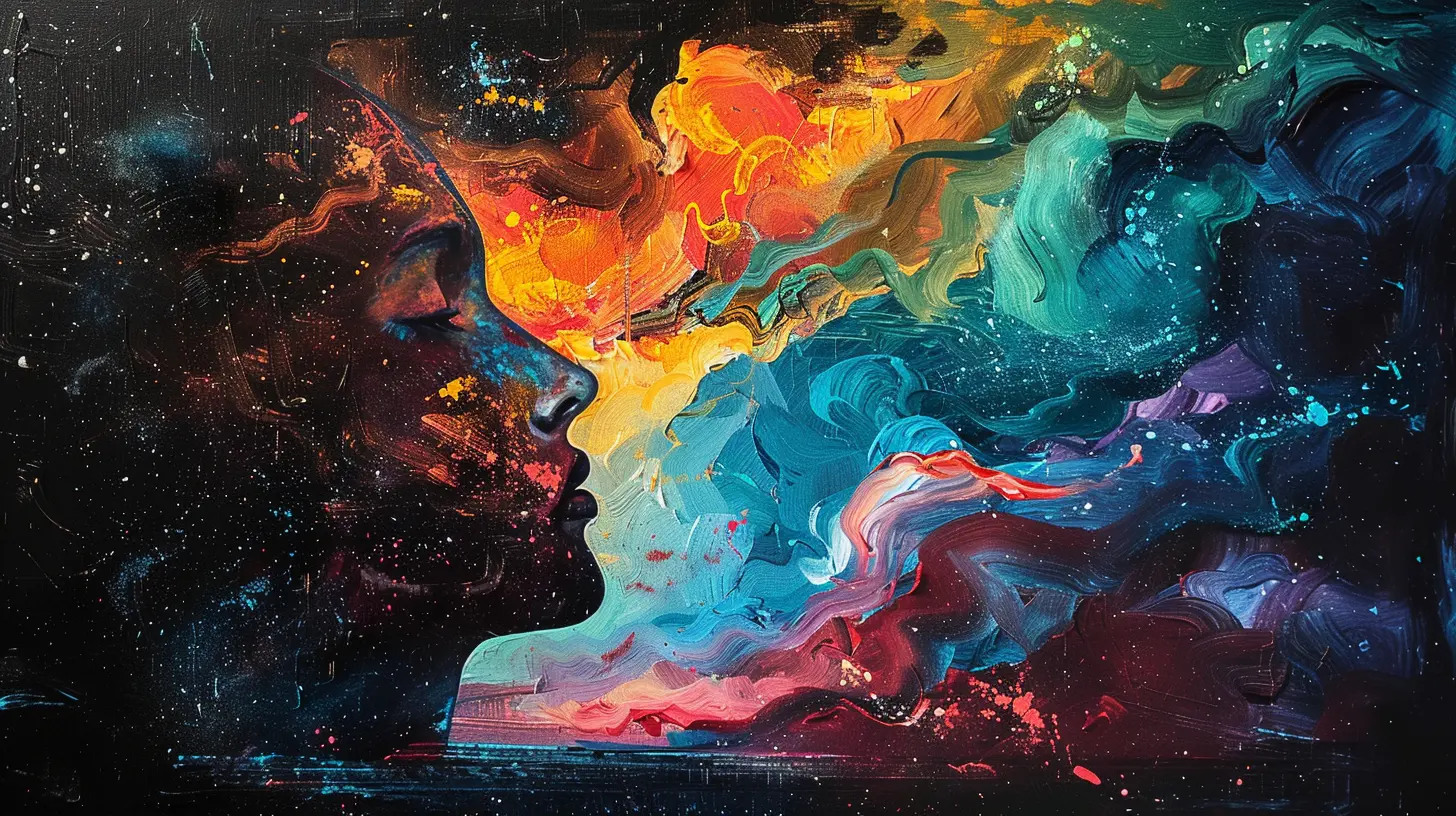
Types of Art Therapy
Art therapy isn’t a one-size-fits-all approach. There are various forms, each offering different benefits depending on the individual’s needs. Let’s take a look at some common types.1. Painting and Drawing
This is perhaps the most well-known form of art therapy. Whether you're using paints, pencils, crayons, or pastels, the act of drawing or painting can be incredibly cathartic. It allows for free expression, and the variety of colors and textures can evoke different emotional responses.2. Sculpture and Clay Modeling
Working with clay provides a tactile experience that can be particularly calming. The process of molding and shaping clay can serve as a metaphor for shaping your own life and emotions. Plus, the physical act of kneading and molding can help release tension and anxiety.3. Collage Making
Creating a collage involves cutting out images, words, and shapes from magazines or other materials to form a new composition. This can be especially helpful for people who feel overwhelmed by direct expression, as the use of pre-existing images can make the creative process less intimidating.4. Photography
Photography allows people to capture the world as they see it, which can help with self-expression and self-awareness. Photographs can also serve as visual metaphors for emotions or experiences, making them powerful tools in therapy.5. Digital Art
With the rise of technology, digital art is also becoming a popular medium in art therapy. It’s particularly accessible for people who may not have access to traditional art supplies. Whether it’s through digital drawing apps or photo editing software, digital art provides another avenue for creative expression.
Who Can Benefit from Art Therapy?
The short answer? Almost everyone. Art therapy has been shown to be effective for people of all ages, from children to the elderly. It can be particularly beneficial for individuals dealing with:- Anxiety and depression
- PTSD and trauma
- Chronic illness
- Grief and loss
- Eating disorders
- Substance abuse
Even if you’re not struggling with a specific mental health issue, you can still benefit from the stress relief and self-exploration that art therapy offers.
How to Get Started with Art Therapy
If you're interested in trying art therapy, there are a few ways to get started. You can seek out a certified art therapist, or you can begin experimenting on your own. Keep in mind that while self-guided art therapy can be beneficial, working with a licensed professional can provide a more structured and therapeutic experience.Tips for Self-Guided Art Therapy
1. Set aside time: Dedicate a specific time each day or week for your art therapy practice.2. Create a safe space: Find a quiet, comfortable spot where you can focus on your creative process without distractions.
3. Let go of perfection: Remember, it’s not about the final product. It’s about the process.
4. Experiment with different mediums: Try painting, drawing, collage making, or digital art to see what resonates with you.
5. Reflect on your work: After completing a piece, take a moment to reflect on what you created. How does it make you feel?
Final Thoughts
Art therapy is a powerful tool for enhancing mental health, offering a creative outlet for emotional expression, stress relief, and self-discovery. You don’t need to be a professional artist to benefit from it. Whether you’re painting, sculpting, or simply doodling, the act of creating art can help you better understand yourself and improve your mental well-being.So, the next time you’re feeling overwhelmed or anxious, why not pick up a paintbrush or a piece of clay? You might just find that art has the power to heal in ways you never expected.



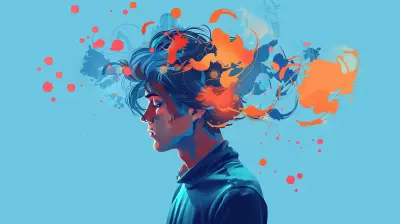
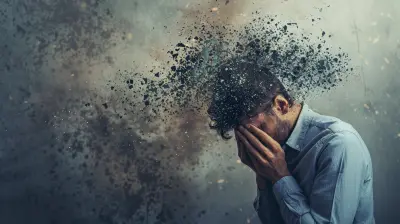

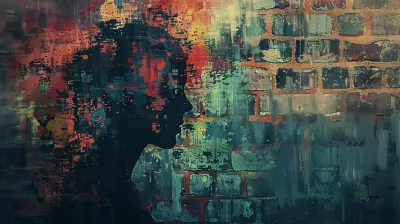
Mia McDowney
Art therapy beautifully bridges creativity and healing, allowing individuals to express emotions in transformative ways, fostering deeper self-understanding and resilience.
April 4, 2025 at 4:45 AM